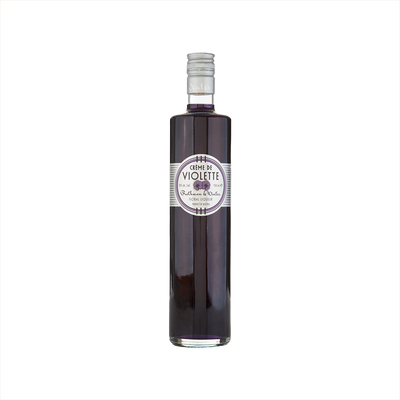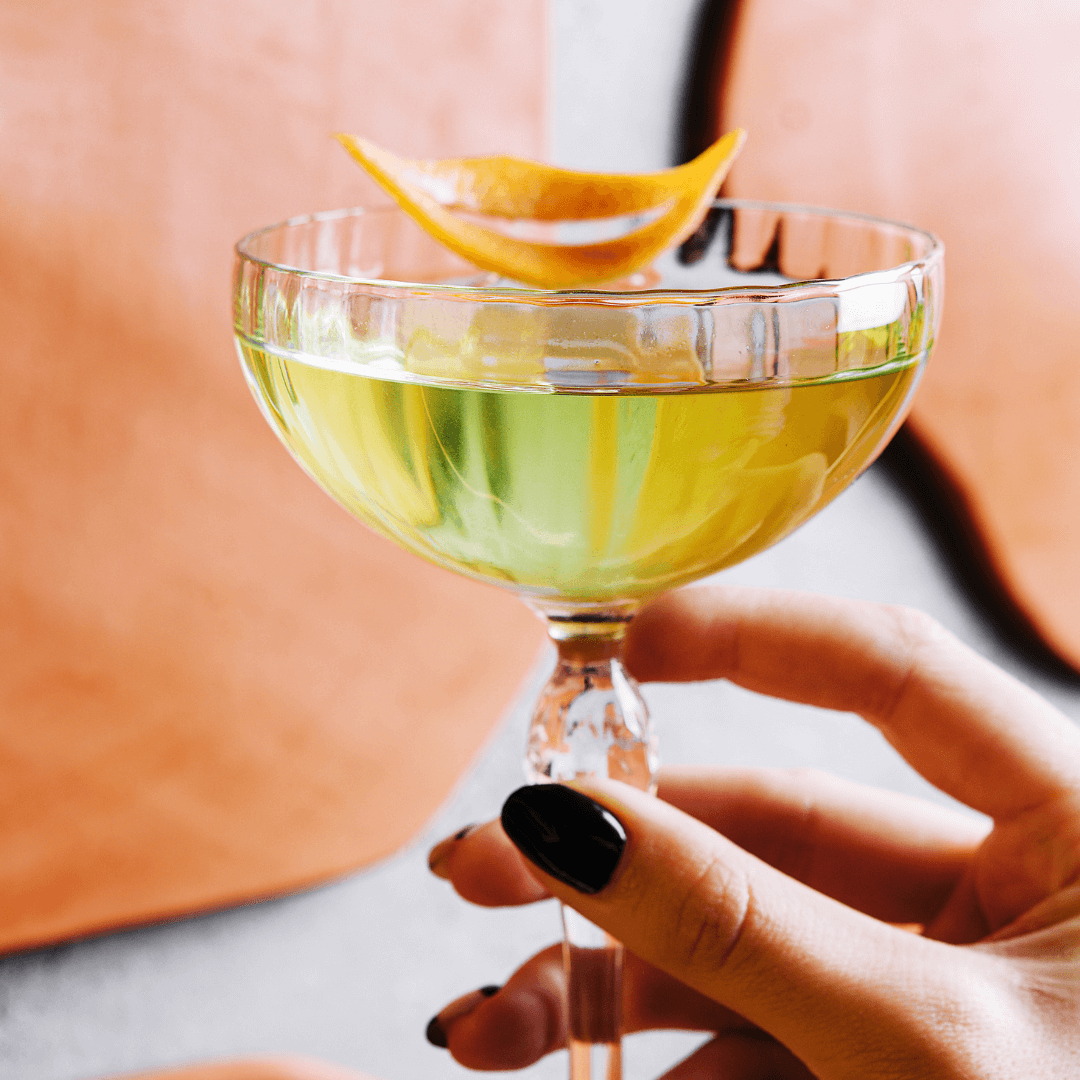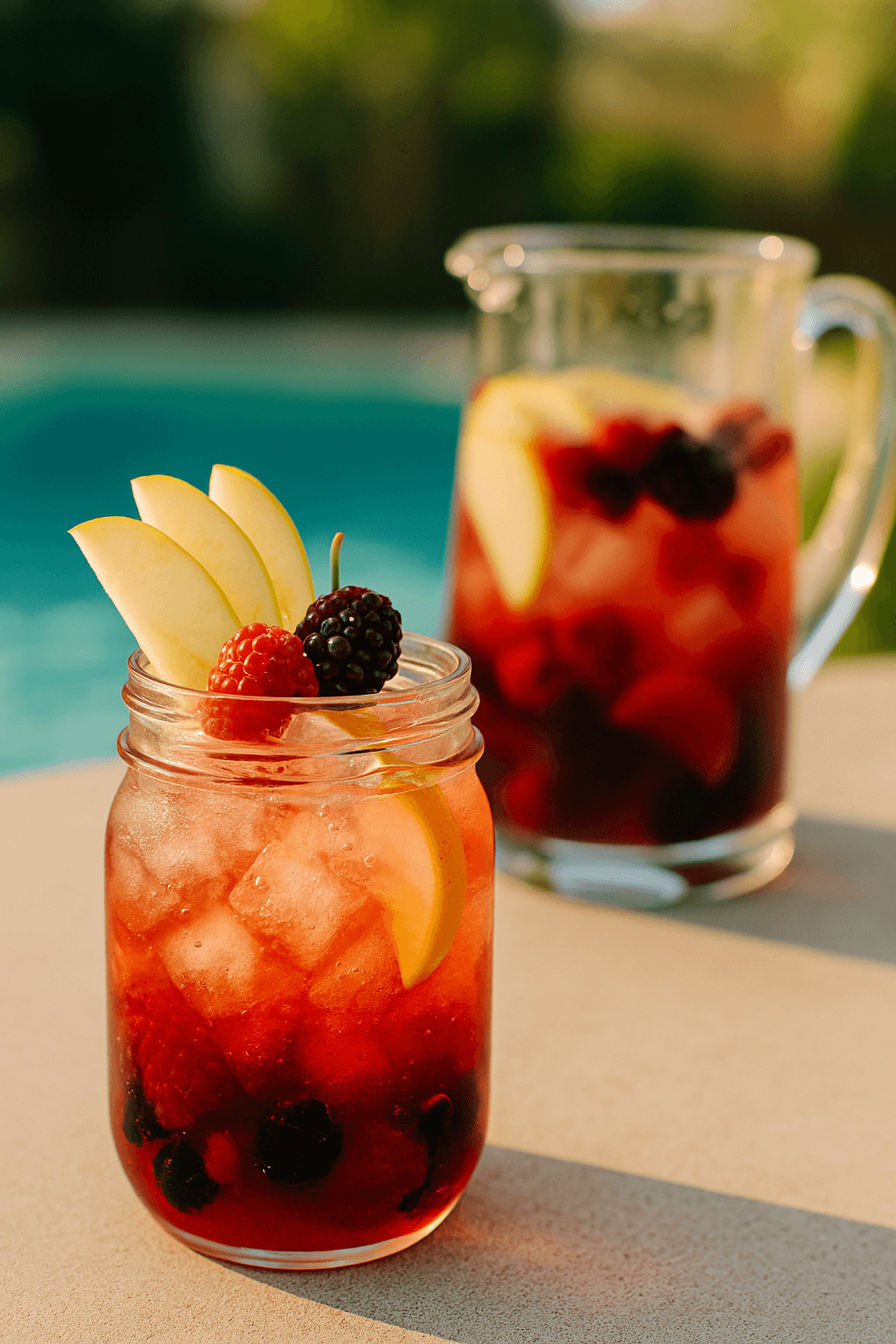Floral Liqueurs
What is Floral Liqueurs?
Floral liqueurs represent a specialized category of Liqueurs that capture the essence of flowers, petals, and botanical blooms through careful distillation and infusion processes. These spirits are defined by their primary flavor profiles derived from flowers like elderflower, rose, violet, hibiscus, or lavender, which impart delicate, aromatic qualities that distinguish them from fruit-based or herb-dominant liqueurs. The defining characteristic of floral liqueurs lies in their ability to translate the subtle, perfumed notes of flowers into liquid form while maintaining balance between sweetness and the natural botanical compounds that give each bloom its distinctive character.
Learn More About Floral Liqueurs
What makes Floral Liqueurs unique?
Floral liqueurs stand apart from fruit-based or herbal liqueurs by capturing the delicate, ephemeral essence of flowers through careful distillation and maceration processes that preserve their subtle perfumes without overpowering sweetness. Unlike botanical liqueurs that focus on leaves, roots, and spices, floral varieties like elderflower, violet, and rose bring an almost ethereal quality to cocktails, adding layers of aromatics that seem to lift off the glass. The challenge with floral liqueurs lies in their temperamental nature—too much and they become soapy or cloying, but when balanced properly, they create drinks with an elegant, garden-fresh complexity that no other category can match.
How is Floral Liqueurs made?
Floral liqueurs start with a neutral spirit base that's infused with fresh or dried flowers through maceration, where the petals steep in the alcohol for days or weeks to extract their essential oils and aromatic compounds. Some producers use distillation instead, where flower petals are placed in a still with the spirit and heated gently to capture the most volatile and delicate floral notes. The resulting infusion is then sweetened with sugar syrup and filtered to create a clear, fragrant liqueur that captures the essence of the flowers in liquid form.
How do you drink Floral Liqueurs?
Floral liqueurs shine brightest when mixed into cocktails where their delicate botanical notes can play supporting roles to spirits like gin, vodka, or champagne - think elegant spring cocktails, French 75 variations, or modern craft creations that highlight their perfumed qualities. While you can sip them neat as a digestif, their often sweet and intensely aromatic profile makes them better suited as accent ingredients rather than standalone sippers. These botanical beauties work particularly well in light, refreshing drinks during spring and summer months, at garden parties, brunch gatherings, or any occasion calling for something floral and sophisticated.
How do I choose a good Floral Liqueurs?
Start by considering the dominant flower profile you want—elderflower liqueurs like St-Germain bring bright, honeyed notes perfect for spring cocktails, while violet liqueurs add mysterious, perfumed depth to gin-based drinks. Match the intensity of your floral liqueur to your cocktail's other components: delicate rose liqueurs work beautifully in champagne cocktails where they won't get overwhelmed, but you'll need something bolder like hibiscus liqueur to stand up against aged spirits in stirred cocktails. Always taste before buying when possible, as floral liqueurs can range from subtly botanical to intensely perfumed, and what smells appealing might taste cloying in your glass.
Nutritional Information
Typical Calorie Range per Ounce: 80-120 calories
Typical Carbohydrate Range per Ounce: 8-15 grams
Typical Sugar Range per Ounce: 7-14 grams
Typically Gluten Free: Yes
Most floral liqueurs are naturally gluten-free since they're typically distilled from neutral spirits and infused with botanical ingredients like elderflower, rose petals, violet, or lavender. The distillation process removes gluten proteins even when starting with grain-based spirits. That said, some producers may add ingredients or use processes that could introduce gluten, so always check the specific product label and manufacturer information to confirm gluten-free status if you have celiac disease or gluten sensitivity.
Scrolled this far? Your reward? Floral Liqueurs Trivia!
- The ancient Egyptians were the original floral liqueur makers, using rose petals and lotus flowers to create sacred drinks for pharaohs – but they fermented them in clay pots buried underground for months, believing the earth's energy would enhance the flowers' spiritual properties.
- St-Germain elderflower liqueur is harvested only during a magical three-week window each spring when elderflowers bloom, and pickers must collect the blossoms by hand at dawn when the petals contain maximum aromatic oils – which is why a single bottle contains up to 1,000 hand-picked elderflower heads.
- Crème de Violette was Napoleon's secret weapon for seducing Josephine – he would personally add drops to her champagne, and the liqueur became so associated with romance that French aristocrats banned it from formal dinners, fearing it would cause too many scandalous affairs.
- The purple color in authentic violet liqueur comes from crushing actual violet petals, but here's the twist: violet flowers naturally change color when exposed to acid, so bartenders in the 1800s would add lemon juice to violet cocktails and watch them transform from purple to pink right before guests' eyes.
- Hibiscus liqueurs were originally created by Caribbean pirates who discovered that steeping dried hibiscus flowers in rum not only prevented scurvy but also created a blood-red drink that intimidated their enemies – they called it "Devil's Nectar" and would drink it before raids for both courage and dramatic effect.
Higher-proof spirits can be intense. Mix carefully, taste thoughtfully, and enjoy responsibly.
Gift message (optional)








